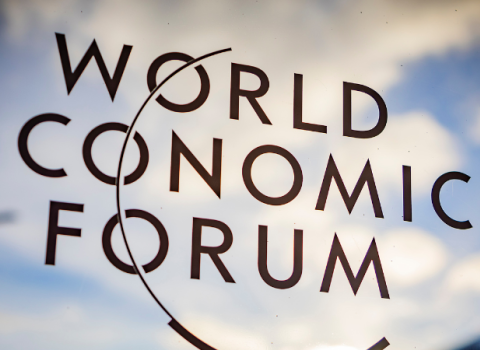European Patent Office analysis is further evidence of continent’s fractured R&D system

Photo credits: Testalize.me / Unsplash
European research organisations are slightly more likely to co-patent inventions with collaborators outside Europe than from other countries on the continent, an analysis by the European Patent Office (EPO) has revealed.
The findings, released on October 22, underscore the need for a “fifth freedom” within the EU that allows the easy circulation of research, knowledge and technology, the EPO says. “Europe has not yet fully unlocked the potential of its research diversity across its borders,” said Steve Rowan, the EPO’s vice president, at an event launching the analysis.
The EPO tracked patents with more than one applicant from European academic institutions from 2016 to 2020, and found that 10.8% were co-patented with institutions outside Europe, mostly from the US.
By contrast, just 9.9% of co-patents were with academic institutions from other European countries. Meanwhile, 79.3% of co-patents have applicants based in the same country, “underscoring the enduring dominance of domestic research networks,” the report says.
“Cross border collaboration remains limited,” said Ilja Rudyk, a senior economist at the EPO, and one of the authors of the report, at the event. “Barely ten percent of co-patents involve partners from different European countries, while the vast majority still take place within national borders.”
In 2024, former Italian prime minister Enrico Letta urged the EU to create a “fifth freedom” to extend the single market into research and innovation, on top of the existing single market for goods, services, people and capital.
This wasn’t a new idea. In 2000, the EU began a project to create a so-called European Research Area (ERA), a similar attempt to allow expertise and knowledge to circulate across the EU. With little to show for this largely voluntary initiative, the European Commission is now planning a binding ERA Act to put it into better practice.
Enduring barriers
Language is one of the factors limiting joint work on patents, said Christoph Hüls, managing director at Max Planck Innovation, the technology transfer arm of the basic research-focused Max Planck Society.
“I still remember my own career, where I have to had to learn the English language in a different way to be able to talk science,” he said during a panel debate about the report.
Related articles
- Zaharieva plans ‘ambitious but realistic’ ERA Act
- European universities are taking control of academic patenting
- High-profile report urges EU to create a ‘fifth freedom’ of research and innovation
It’s also easier to collaborate within countries because partners understand the same national rules, said Noa Bach, deputy director for university and research organisation relations at the Greater Paris University Hospitals trust.
“We have European rules, but we have also national rules,” she said during the panel. This fragmentation can be ameliorated by pan-European calls for funding that bring research teams together across borders, she added.
Open vs closed
The EPO also ran a similar fragmentation analysis on direct patents by country. This data gives some sense of how collaborative, or insular, patenting by academic institutions is in different countries.
The vast majority of German research ideas are patented by individual applicants, it finds. Meanwhile in France, there’s much more co-patenting among French entities, for example.
Start-up money
The EPO report also argues that patents based on academic research have ended up attracting disproportionate levels of investment.
Analysing investment deals in the period 2021-24, the report found that start-ups that relied on academic inventions from European research institutions raised €59 billion. This is around half of all start-up funding raised, despite the recipients constituting just 27.2% of all start-ups.
These research-based start-ups “punch above their weight to some extent,” said Victor Arribas Martinez, stream leader for diversity and transformation at the EPO Observatory on Patents and Technology, during the debate.
However, this success in attracting private money could be because research-focused start-ups tend to be in more capital-intensive fields, he said.





 A unique international forum for public research organisations and companies to connect their external engagement with strategic interests around their R&D system.
A unique international forum for public research organisations and companies to connect their external engagement with strategic interests around their R&D system.